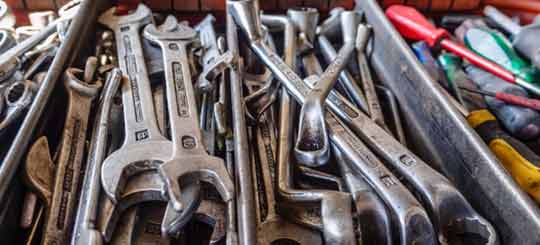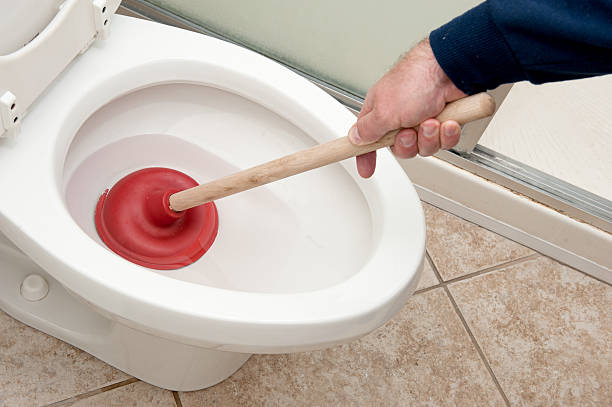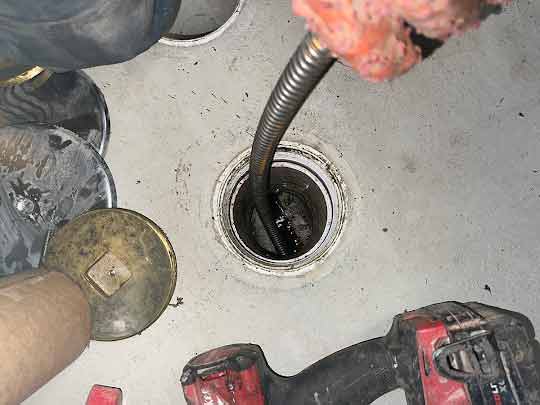
Dealing with clogged drains in your home can be a frustrating and inconvenient experience. When water starts pooling in sinks, showers, or toilets, it’s crucial to address the issue promptly. That helps prevent further damage and restore the smooth flow of water. Luckily, several do-it-yourself (DIY) methods are available for unclogging drains, which offer several advantages.
First and foremost, DIY solutions save you time and money, as you won’t have to wait for a professional plumber or incur hefty service charges. Additionally, DIY methods empower homeowners to take control of their plumbing systems and handle minor clogs effectively. By learning how to unclog drains on your own, you can tackle the problem swiftly and maintain a functional and hygienic environment in your home.
Common Causes of Clogged Drains
Clogged drains can result from various common causes that we encounter in our daily lives. Hair and soap residue are frequent culprits for drain clogs in the bathroom. As we shower or wash our hair, loose strands accumulate over time. When they combine with soap scum, they can create stubborn blockages. Similarly, food particles and grease tend to find their way into drains in the kitchen, gradually building up and obstructing water flow. That is particularly common when cooking oils or fats are poured down the sink, solidifying and trapping other debris.
Moreover, the risk of clogs extends beyond hair and food. Foreign objects such as dental floss, cotton swabs, or even small toys can unintentionally find their way into drains, posing a significant blockage risk. It’s essential to be mindful of what goes down the drain to prevent potential clogs and maintain the smooth operation of your plumbing system.
DIY Methods for Unclogging Kitchen Drains
Let’s start by explaining the step-by-step of dealing with clogged kitchen drains. Start by removing visible debris and buildup from the drain opening, ensuring smoother water flow. If the clog persists, use a plunger or plumber’s snake to dislodge the obstruction. These tools can effectively break up and remove stubborn clogs deeper into the pipes.
Another option is to use natural drain cleaners such as baking soda and vinegar. Mix them, pour them down the drain, and let them sit before flushing them with hot water. The hot water flush is especially useful in dissolving grease and food particles, restoring the drain’s functionality. Dealing with clogged drains in your home can be simple if you know what to do.
Unclogging Shower Drains
If you’re dealing with a clogged shower drain, you can follow a similar process to kitchen drain clogs. Start by removing visible debris from the drain, ensuring a clear opening. If the clog persists, a plunger can be used to dislodge the obstruction, creating suction to loosen the blockage. Utilizing a drain snake or a bent wire hanger for deeper clogs can help reach and remove the obstruction.
Like kitchen drain clogs, homemade drain cleaners can effectively break down organic matter and clear it. Following these steps, you can often successfully unclog shower drains and restore proper water flow in your bathroom.

Dealing With Toilet Drains
Dealing with clogged drains in your home often requires specific techniques to ensure effective unclogging. That is especially true when it comes to toilet drains. Using a plunger is often the first line of defense when facing a toilet clog. Start by creating a seal around the drain with the plunger and then vigorously push and pull to create pressure that dislodges the clog.
For more stubborn clogs, a toilet auger can be utilized. Insert the auger into the drain and crank it to break up or retrieve the obstruction. However, be cautious when using an auger, as it is crucial to avoid damaging the toilet.
Using Chemical Drain Cleaners Effectively
Using chemical drain cleaners effectively requires understanding their limitations and risks. It’s important to note that not all clogs can be resolved with chemical cleaners, especially if non-organic materials or a severe blockage causes the clog. When selecting a chemical drain cleaner, it’s crucial to choose one suitable for the type of clog you are dealing with. There are specific formulas for hair clogs or grease buildup. Follow the instructions provided on the product carefully. That ensures proper usage and safety precautions.
However, if chemical drain cleaners are not entirely necessary or if you prefer more natural alternatives, there are effective methods, such as the one we previously mentioned, using baking soda, vinegar, or hot water. These natural solutions can be gentler on your pipes and the environment while helping clear minor clogs. If you have the space in your home or have a leased storage unit at a facility, experts from armovingco.com recommend keeping backup supplies there. From chemical cleaners to backup tools and spare parts in case of damage.

Signs That You Might Need Professional Help
While dealing with clogged drains in your home, there are instances where professional help becomes necessary. Persistent clogs that keep coming up despite your DIY efforts may indicate a more significant underlying issue. Foul odors or sewage backups are also alarming signs that require immediate attention from a professional plumber. If you notice slow drainage in multiple fixtures throughout your home, it could indicate a blockage in the main sewer line.
Gurgling sounds or unusual noises from drains can indicate a serious plumbing problem. Additionally, suppose you notice any leaks resulting from burst pipe emergencies due to clogged drains. In that case, it is essential to call for professional help immediately to avoid further damage and water wastage.
DIY Tips for Preventing Future Clogs
To prevent future clogs in your drains, you can follow several effective DIY tips. Installing drain screens or catchers in sinks and showers helps to catch hair, debris, and other particles before they enter the drains. Additionally, it’s essential to avoid pouring grease or oil down drains, as they can solidify and cause stubborn clogs.
Regularly flushing drains with hot water can help dissolve buildup and clear the pipes. Finally, educating family members on proper drain usage can greatly help. Discuss things such as avoiding flushing non-flushable items, excessive toilet paper, or picking the hair up out of the drain every time you shower.
To conclude
Dealing with clogged drains in your home is a task that should not be taken lightly but can be handled easily. It is important to address clogs promptly to prevent further damage and restore the smooth flow of water. Fortunately, homeowners can utilize DIY methods to unclog drains effectively, saving time and money. Keeping DIY plumbing supplies readily available is crucial for quick action when clogs occur.
However, if DIY efforts are unsuccessful or in case of a plumbing emergency, it is essential to seek professional assistance. Plumbers have the expertise and tools to handle complex clogs and address underlying plumbing issues.

